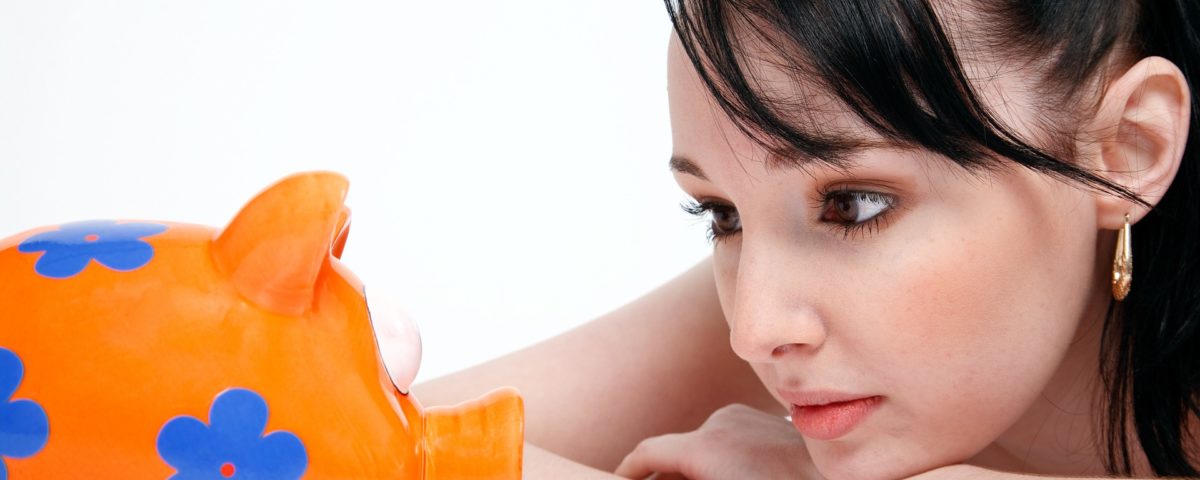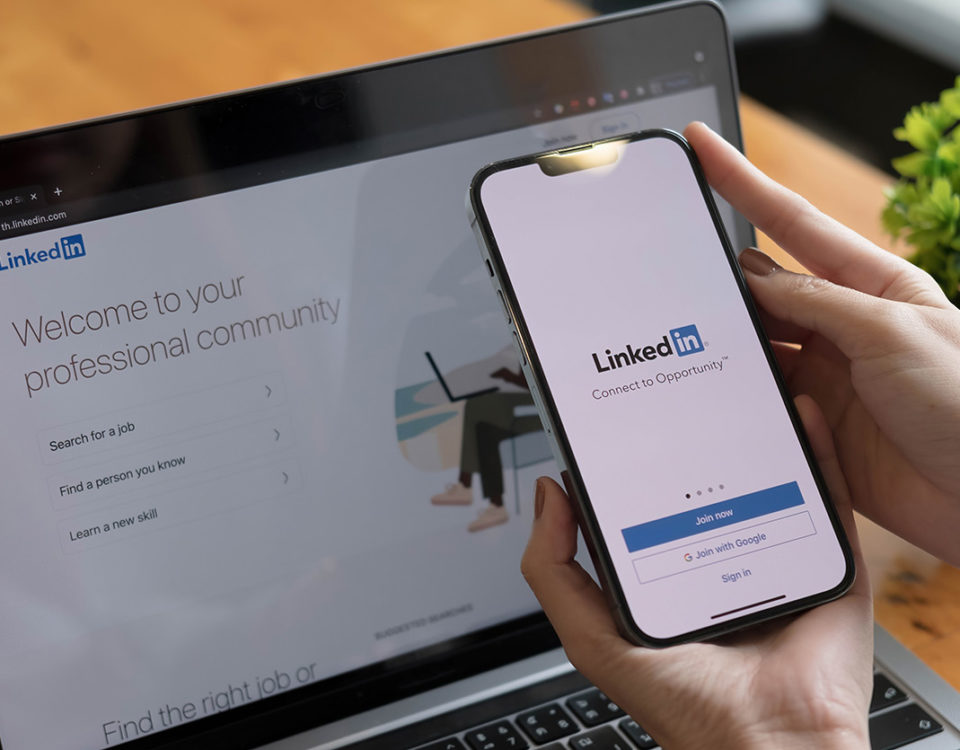
Why Video Content is Important in a Marketing Strategy
July 14, 2019
How Digital Marketing is Changing, and What You Need To Do To Adapt
July 14, 2019July 14, 2019
If you run a marketing team or business, you probably focus on three key metrics: revenue, profit, and cost. No doubt, your goal is to minimize cost and maximize revenues. You may be considering working with a finance leader to help you set long-term growth goals for your organization.
This mainly covers tasks that involve pricing service and products to add value to your business and make profits. But how can you do that effectively? What are the strategies you can use to price your product to increase sales and profits with little effort?
One way is to master the skill of pricing your product. And to do that, you need to not only understand psychological pricing but also leverage the right strategies.
Below we discuss some key strategies deduced from the theory that certain prices have a huge psychological impact than others. Whether you’re a customer service manager, business leader, or professional service leader, the strategies are helpful for all.
Psychological Pricing Strategies
-
Charm Pricing
A research study conducted on psychological pricing found that consumers perceive prices lower as compared to prices that are one cent higher when you change the left-most digit to a lower level.
The strategy is also referred to as charm pricing as it involves prices that end on “9” or “99”. In this strategy, businesses reduce one digit in price by rounding off one cent. For instance, the human brain processes $4.00 and $3.99 as two different values: to your brain $3.99 is $ 3.00 and is cheaper than $4.00.
-
Prestige Pricing
This strategy is an opposite of charm pricing. It makes values into rounded values, like $19.99, can be converted into $20.00. It happens because rounded numbers, like $20.00, are more appealing to consumers than non-rounded numbers (e.g., $19.99). That means rounded figures “feel right” to consumers.
-
BOGOF– Buy one get one free
This is one of the most popular pricing strategies where customers pay the full price for a service or product to get another one free. Many entrepreneurs make some changes, like:
- Buy one get four free
- Buy one get 25% off on the next purchase
- Buy one and get two bonuses valued at $70, for free
-
Visually Highlight Prices
According to Keith Coulter and Robin Coulter research, this strategy triggers an immense fluency effect. The consumers interpret any visual difference to a big numeral distinction. That means, if you change the color, font, and size of the signage for the existing price and place it away from the previous price, it will likely increase the number of purchases.
The customer sees the new price as a better deal than the last placed price.
Final Thoughts
Overall, the given psychological pricing strategies are effective for various types of businesses, but it is important to test different strategies on different products to determine if they suit your business.
Sources
- https://production.wordpress.uconn.edu/businessmarketing/wp-content/uploads/sites/724/2014/08/size-does-matter.pdf
- https://www.jstor.org/stable/10.1086/678484?seq=1#page_scan_tab_contents
- https://psycnet.apa.org/record/2005-05742-007
- https://www.entrepreneur.com/article/279464



